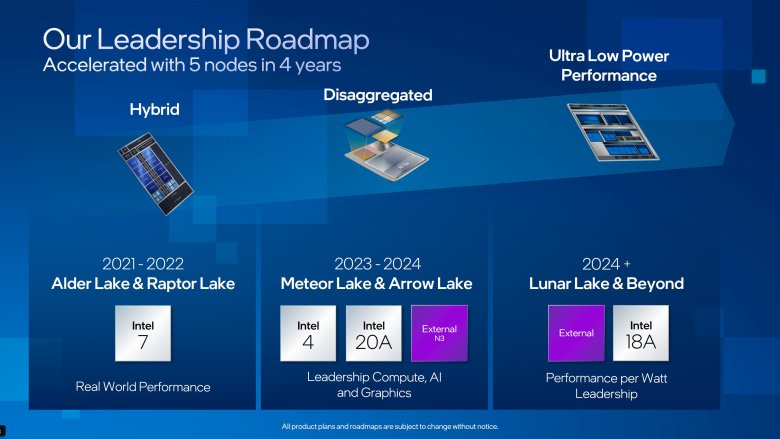TECH

Both AMD and Intel will be using processes for upcoming CPUs in very creative ways
The first mention of Zen 5 fell from the mouth of the first Zenu architect, Mike T. Clark, already in April 2018. For a long time, we knew nothing more about the processor, which at that time basically existed only on paper and in the heads of engineers . Later, reports began to leak that it could be manufactured on a 3nm process and that it could increase the number of cores. However, there were also conflicting reports and finding a way around this information was not easy.
RedGamingTech has now come up with some simple messages that bring clarity to the situation. That AMD Zen 5 pro he will use the 4nm and 3nm TSMC process, it has been known for a long time, and she finally confirmed it. The previous assumption was that the 3nm process would be used for APUs and 4nm for chiplet solutions. But it will be a little different. For desktop (chiplet) processors, a 4nm process and 8-core chiplets will be used. 3nm 16-core chipsets will be used for server processors (16nm chiplets would probably not fit in the chassis). There has been no mention of an APU so far, so the assumption of a 3nm process is neither confirmed nor denied.
It's hard to judge whether AMD planned this particular split from the start or (as some older reports suggested) originally thought about a 3nm process, which ended up not developing as quickly as TSMC originally planned and according to the launch schedule. of desktop processors, AMD preferred to choose the 4nm process as a safeguard.
On the one hand, it is the first time that AMD has used two different processes for chiplets with processor cores of the same generation, on the other hand, since the implantation of the chiplets, the spectrum of segments in which AMD finds application for them has grown – with In the Zen 4 generation they are also coming to notebooks – therefore, 4nm and 3nm chiplets will find application in various segments.
Arrow Lake...After a Meteor Lake generation, which will likely dwindle down to a group of mobile processors with a maximum of 6 large cores and 8 small cores, will follow Arrow Lake, which until now has mostly been talked about as a desktop processor. Intel then talked about this as the debut of the Intel 20A process.

However, according to MLID, the situation is a little more complicated. A mobile version is also planned for the desktop series, and since last year it has been said that the desktop version (or its tile with processor cores) will not be built on the Intel 20A process, but on TSMC's 3nm lines. MLID sources “expect” that at least the mobile version will continue to rely on the Intel 20A process.
On the other hand, we learn that the mobile version is losing priority, Intel is withdrawing human resources from its development to ensure the timely launch of the desktop line. Arrow Lake-U (28W for ultra-thin) cancels it completely and leaves only the 6+8 configuration for the mobile market, which will probably also be used on the desktop. There will be primary 8+16.
There are rumors of a large CPI increase of 22-34% vs. Meteor Lake (Redwood Cove large grains), while the IPC Meteor Lake (Redwood Cove) should be 15-25% above current Raptor Lake (Raptor Cove). That would come from Lago Flecha with respect to IPC Zen 5, of which 22-30% above is expected from Zen 4 (ie more than from Lago Meteoro but significantly less than from Lago Flecha which should arrive not long after Lago Meteoro).
mundophone

No comments:
Post a Comment